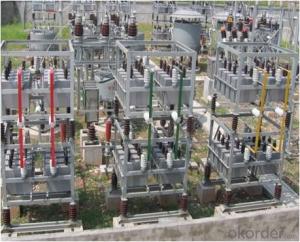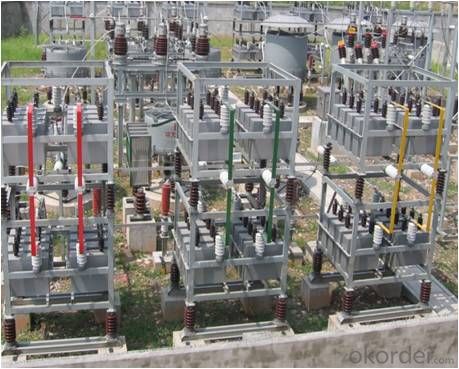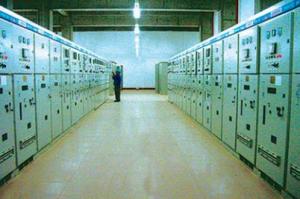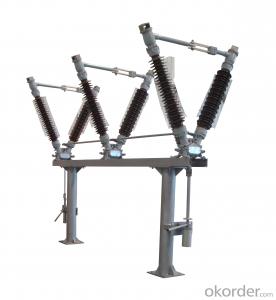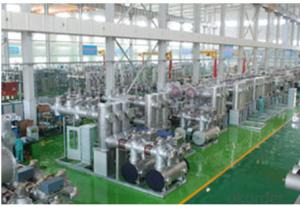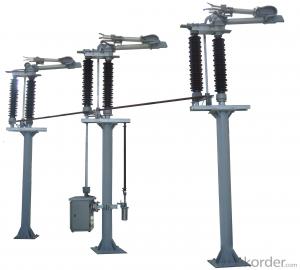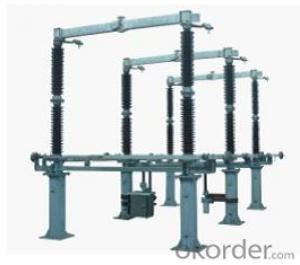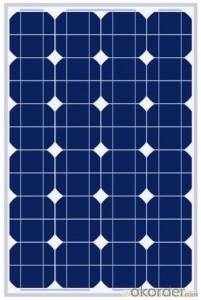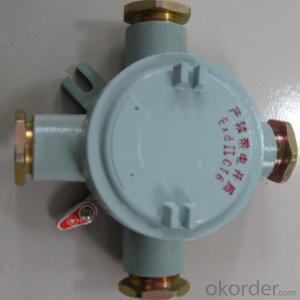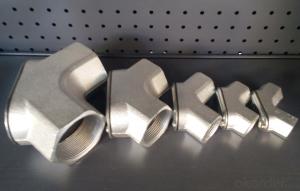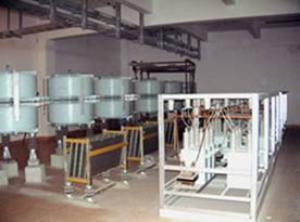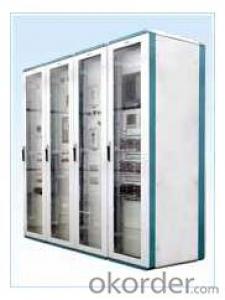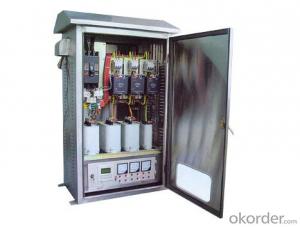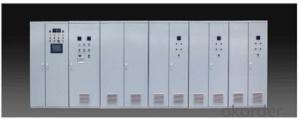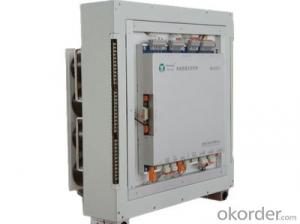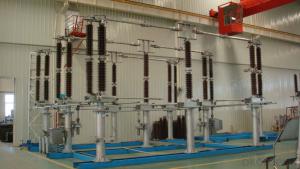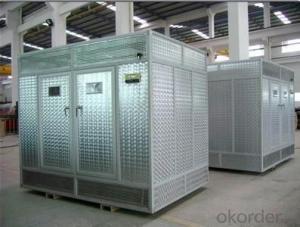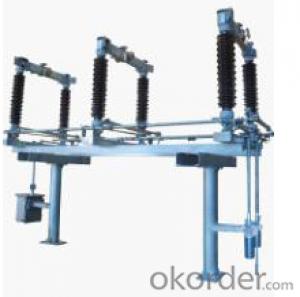Thyrister Control Reactor Static Var Compensator
- Loading Port:
- Qingdao
- Payment Terms:
- TT OR LC
- Min Order Qty:
- 1 set
- Supply Capability:
- 4 set/month
OKorder Service Pledge
OKorder Financial Service
You Might Also Like
Specification
Thyrister Control Reactor Static Var Compensator
Static Var Compensator is a set of electrical devices for providing fast-acting reactive power on high-voltage electricity transmission networks. SVCs are part of the Flexible AC transmission system device family, regulating voltage, power factor, harmonics and stabilizing the system. Unlike a synchronous condenser which is a rotating electrical machine, a static Var compensator has no significant moving parts (other than internal switchgear). Prior to the invention of the SVC, power factor compensation was the preserve of large rotating machines such as synchronous condensers or switched capacitor banks.
The SVC is an automated impedance matching device, designed to bring the system closer to unity power factor. SVCs are used in two main situations:
·Connected to the power system, to regulate the transmission voltage ("Transmission SVC")
·Connected near large industrial loads, to improve power quality ("Industrial SVC")
In transmission applications, the SVC is used to regulate the grid voltage. If the power system's reactive load is capacitive (leading), the SVC will use thyristor controlled reactors to consume Vars from the system, lowering the system voltage. Under inductive (lagging) conditions, the capacitor banks are automatically switched in, thus providing a higher system voltage. By connecting the thyristor-controlled reactor, which is continuously variable, along with a capacitor bank step, the net result is continuously variable leading or lagging power.
In industrial applications, SVCs are typically placed near high and rapidly varying loads, such as arc furnaces, where they can smooth flicker voltage.
The main advantage of SVCs over simple mechanically switched compensation schemes is their near-instantaneous response to changes in the system voltage. For this reason they are often operated at close to their zero-point in order to maximise the reactive power correction they can rapidly provide when required.
They are, in general, cheaper, higher-capacity, faster and more reliable than dynamic compensation schemes such as synchronous condensers.However, static Var compensators are more expensive than mechanically switched capacitors, so many system operators use a combination of the two technologies (sometimes in the same installation), using the static Var compensator to provide support for fast changes and the mechanically switched capacitors to provide steady-state Vars.
Key Technologies of TAI KAI SVC:
·The control system adopts the fully digital controller based on DSP, with features of short response time and high accuracy. The response time of control system is less than 15ms, and the tracking response time of the whole device is less than 30 ms.
·Adopt modular design, adopt the same structure for the devices with different compensation capacity.
·Monitoring control system uses integrated workstation,provides good human-machine interface,large-screen LCD is used in site-workstation and far workstation.
·Thyristor valve uses bunching antiparallel pressure welding and can withstand the maximum overcurrent and overvoltage level of SVC device, and adopts high potential circuit board obtaining energy, which makes thyristor free of damage due to overvoltage impulse.
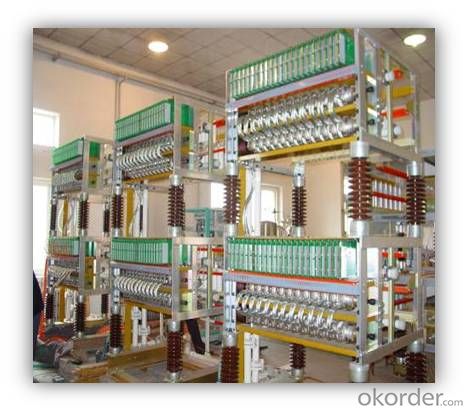
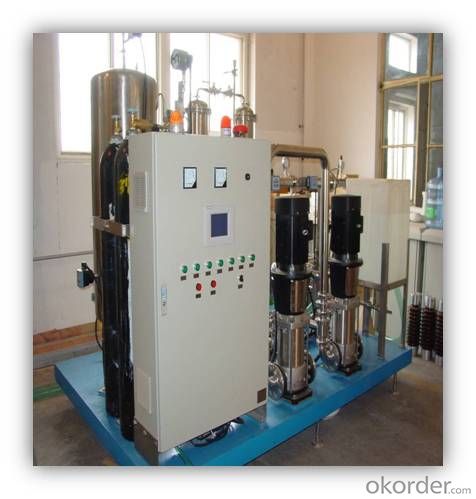
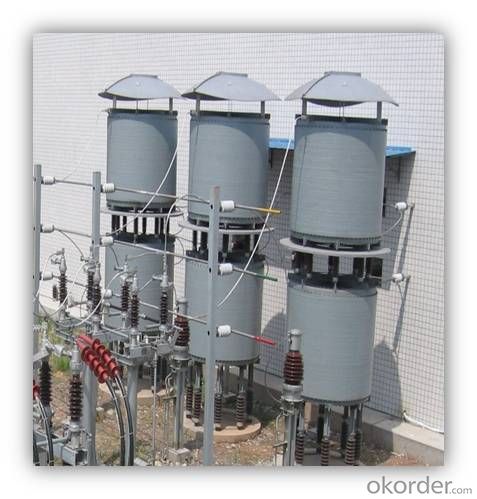

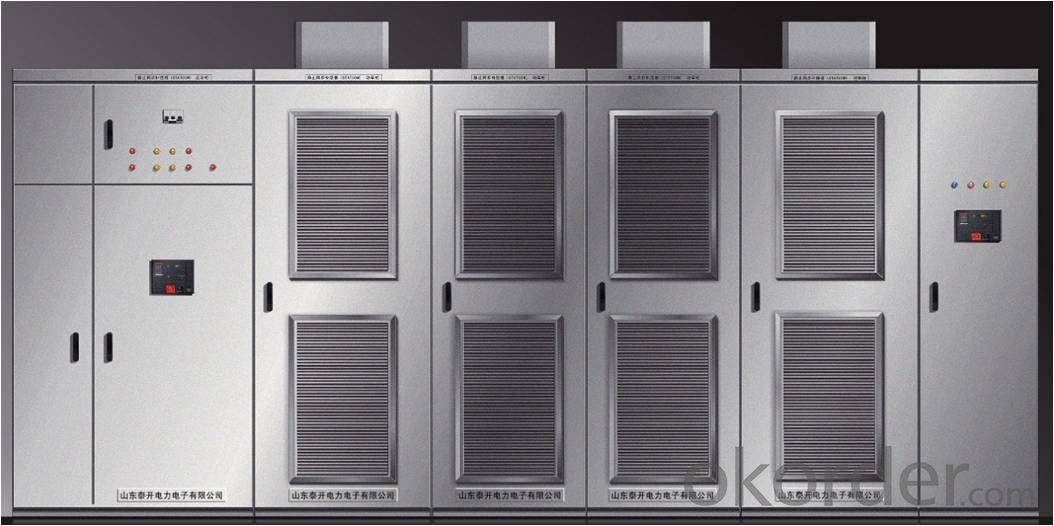
Rated voltage | 6kV/10kV/22kV/27.5kV/35kV |
Rated Frequency | 50Hz (±2%) |
Rated reactive output | Capable of continuous output that ranges from inductive rated reactive to capacitive rated reactive |
Connection mode | 3phase3wires Star connection |
Response Time | ≤15ms |
Active-power loss | ≤2% of rated power |
Overload capacity | Capable of continuous operation at 1.1 times overload |
Harmonic characteristics | When it only compensates reactive power output, THDU <3%, THDI <4%; harmonic="" suppression="" rate="" when="" wave="" harnessing="">85% |
Allowable unequalization degree of voltage | The permissible value of unbalance degree of connection-point system voltage shall not exceed 60% |
Operation indication | Touch screen, full-digitalized control |
Protection function | Power grid overvoltage, undervoltage, voltage imbalance; overload, inverter over/undervoltage, overcurrent , overtemperature; capable of automatic exiting from the power grid in case of a equipment failure |
Communication modes | Ethernet; capable of background-computer remote monitoring; reserved with RS485/232 interface |
Cooling system | Forced air cooling |
FAQ:
Q: What certifications do you get?
A: We have ISO9001/14001/18001, TUV, CCC, etc.
Q: Are OEM&ODM available?
A: Yes, we accept OEM and ODM.
Q: When to get the price?
A: We usually quote within 24 hours after getting your inquiry. If that is the tender project, our engineer will issue optimized design as per tender specification and all the documents will be submitted as per the time schedule regulated in the tender.
Q: Is sample available and free?
A: Sample is available, but sample should be paid in advance. The cost of sample will be refund after further order.
Q. How to pay?
A: T/T and L/C are acceptable, and T/T will be more appreciated.
(30% deposit before producing, 70% balance before loading by T/T. L/C should be at sight which issued by world first class Bank)
Q. What is the delivery time?
A: It depends on the order quantity and the season you place the order. Generally, one month after the receipt of the 1st payment.
Q. What about the Package?
A: Standard export package and we can make special designed for you if need.
- Q: What are the two power distribution equipment?
- Primary equipment is the equipment used in the main system of transmission, transmission and distribution
- Q: What are the distribution network equipment
- suburbs, towns and rural areas, further allocation and supply industry, agriculture, commerce, industry and residents with special needs for electricity secto
- Q: What is the power equipment in the distribution room?
- 10kV and below voltage rating equipment, divided into high voltage distribution room and low-voltage distribution room
- Q: What is the difference between power supply and distribution
- The two is the integration of power generation and power supply.
- Q: What is the role of transmission system and distribution system in power grid
- power plant and the load center often separated by long distances, resulting in the problem of power transmission. The power is sent to the user only hydropower area can be fully utilized by high voltage transmission line
- Q: Distribution system equipment classification
- The equipment can be used not only in the iron and steel industry, but also in the chemical and metallurgical industries
- Q: High and low voltage distribution equipment
- Distribution equipment refers to a variety of power plants, substations and factories and enterprises in the low-voltage power distribution system for power, distribution and lighting of the complete sets of equipment.
- Q: Transmission lines are not electrical equipment?
- Transmission lines in the power transmission project belongs to the carrier, belonging to the power cable category, should not be called equipment
- Q: An introduction to the interpretation of flexible AC transmission systems
- The series compensation device such as thyristor controlled series capacitor (TCSC), thyristor controlled reactor (TCSR), static synchronous series compensator (SSSC), active power flow is mainly used to change the system of distribution, improve the system transmission capacity and transient stability etc.;
- Q: Transmission and transformation equipment
- High voltage has a very high risk, and the target electrical appliances do not need such a high voltage, which needs to reduce the voltage through the transformer
Send your message to us
Thyrister Control Reactor Static Var Compensator
- Loading Port:
- Qingdao
- Payment Terms:
- TT OR LC
- Min Order Qty:
- 1 set
- Supply Capability:
- 4 set/month
OKorder Service Pledge
OKorder Financial Service
Similar products
Hot products
Hot Searches
Related keywords
